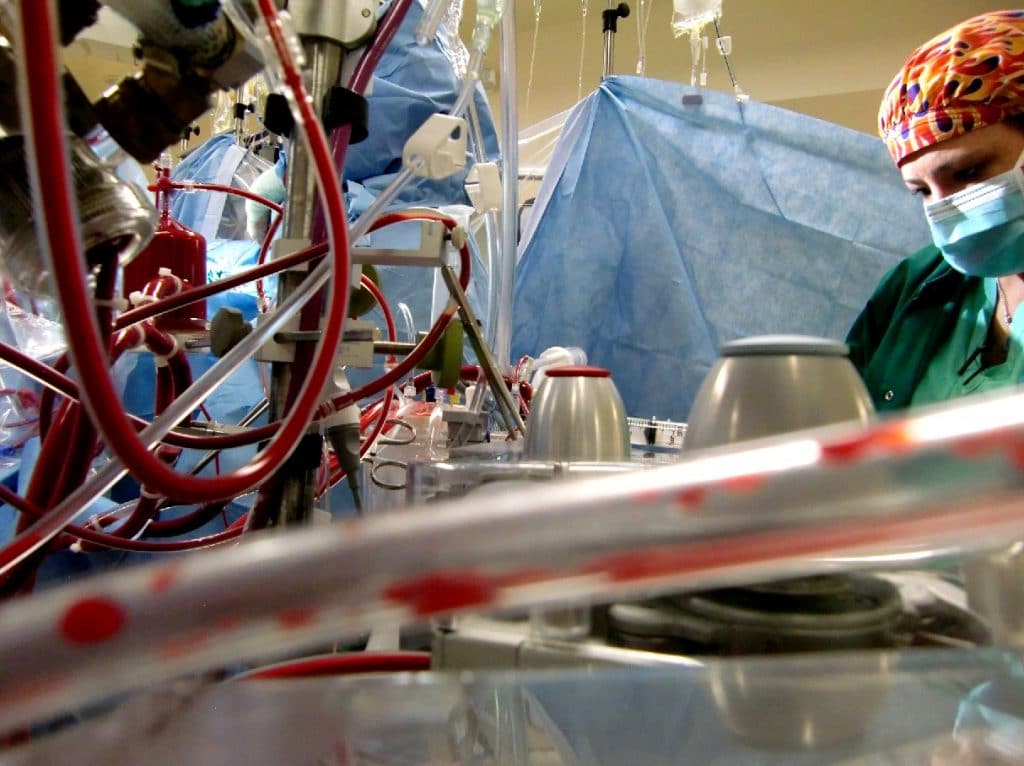Preoperative Endothelial Dysfunction in Cutaneous Microcirculation Is Associated with Postoperative Organ Injury After Cardiac Surgery Using Extracorporeal Circulation: A Prospective Cohort Study

Background
Cardiac surgery is known to induce acute endothelial dysfunction, which may be central to the pathophysiology of postoperative complications. Preoperative endothelial dysfunction could also be implicated in the pathophysiology of postoperative complications after cardiac surgery. However, the relationship between preoperative endothelial function and postoperative outcomes remains unknown. The primary objective was to describe the relationship between a preoperative microcirculatory dysfunction identified by iontophoresis of acetylcholine (ACh), and postoperative organ injury in patients scheduled for cardiac surgery using cardiopulmonary bypass (CPB).
Methods
Sixty patients undergoing elective cardiac surgery using CPB were included in the analysis of a prospective, observational, single-center cohort study conducted from January to April 2019. Preoperative microcirculation was assessed with reactivity tests on the forearm (iontophoresis of ACh and nitroprusside). Skin blood flow was measured by laser speckle contrast imaging. Postoperative organ injury, the primary outcome, was defined as a Sequential Organ Failure Assessment score (SOFA) 48 h after surgery greater than 3.
Results
Organ injury at 48 h occurred in 29 cases (48.3%). Patients with postoperative organ injury (SOFA score > 3 at 48 h) had a longer time to reach the peak of preoperative iontophoresis of acetylcholine (133 s [104–156] vs 98 s [76–139] than patients without, P = 0.016), whereas endothelium-independent vasodilation to nitroprusside was similar in both groups. Beyond the proposed threshold of 105 s for time to reach the peak of preoperative endothelium-dependent vasodilation, three times more patients presented organ dysfunction at 48 h (76% vs 24% below or equal 105 s). In multivariable model, the time to reach the peak during iontophoresis of acetylcholine was an independent predictor of postoperative organ injury (odds ratio = 4.81, 95% confidence interval [1.16–19.94]; P = 0.030).
Conclusions
Patients who postoperatively developed organ injury (SOFA score > 3 at 48 h) had preoperatively a longer time to reach the peak of endothelium-dependent vasodilation.
